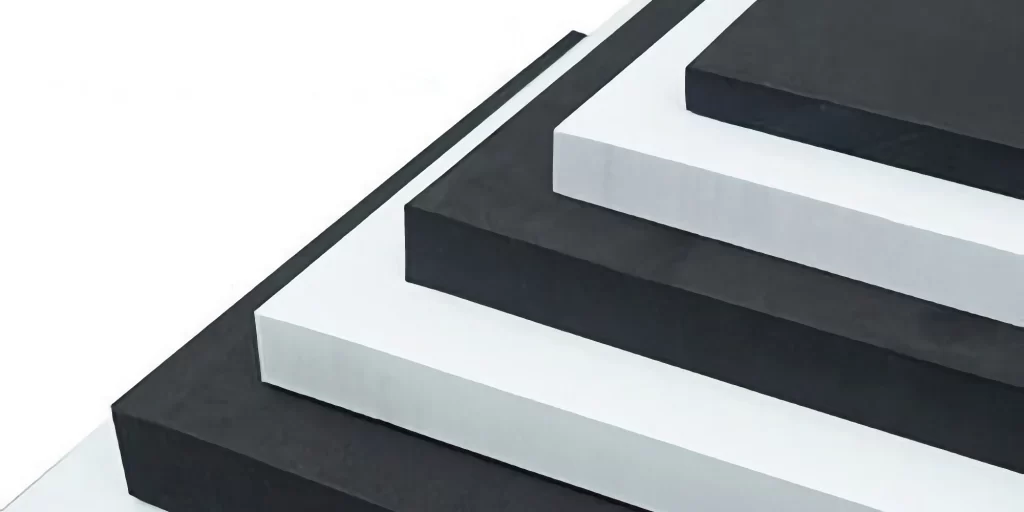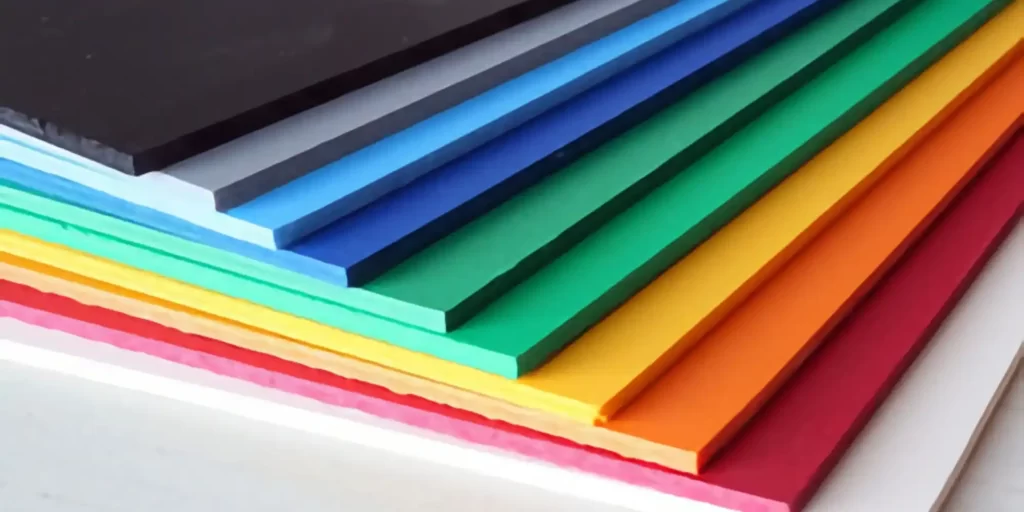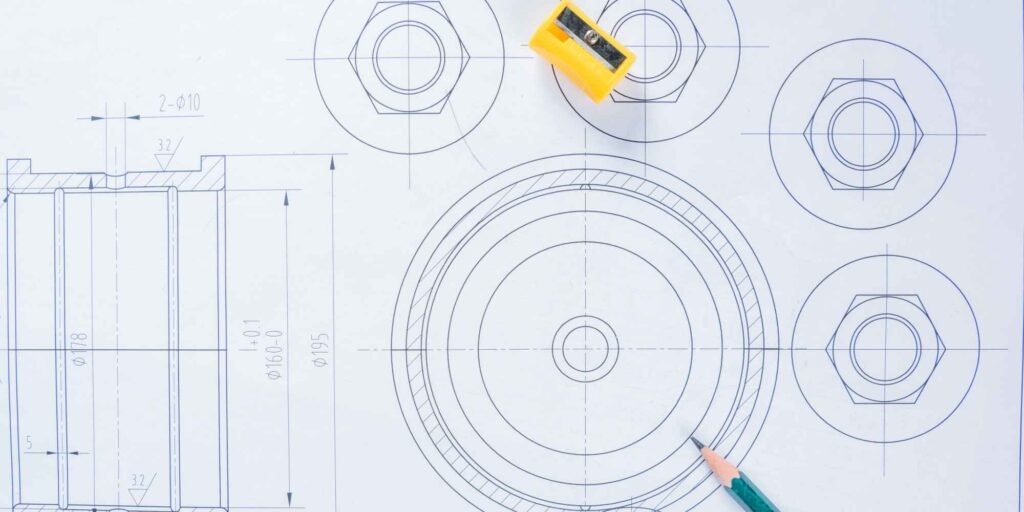The automotive industry is a realm of continuous innovation, with every component of a vehicle undergoing meticulous scrutiny and enhancement. Among these components, car roof liners play a pivotal role in ensuring passenger comfort and enhancing the vehicle’s interior aesthetics. The introduction of EVA foam in roof liners has revolutionized this segment, offering a blend of functionality, comfort, and style.
Introduction
Car roof liners, often overlooked, are essential in providing insulation, noise reduction, and a finished look to a vehicle’s interior. With the advent of EVA foam, manufacturers have found an ideal material that meets the demands of modern-day vehicles.
Why EVA Foam in Car Roof Liners?
EVA foam, or Ethylene-Vinyl Acetate, is renowned for its lightweight, durable, and versatile properties. When integrated into car roof liners, EVA foam offers:
- Superior Insulation: EVA foam’s insulating properties ensure that the car’s interior remains comfortable, regardless of external weather conditions.
- Noise Reduction: The foam effectively dampens external noises, ensuring a quieter cabin experience.
- Mold and Mildew Resistance: EVA foam is resistant to moisture, preventing the growth of mold and mildew.
- Customizability: EVA foam can be easily shaped and styled, allowing for bespoke designs tailored to specific vehicle models.
Benefits of EVA Foam in Car Roof Liners
- Aesthetic Appeal: EVA foam offers a smooth finish, elevating the overall look of the car’s interior.
- Durability: The foam’s resilience ensures that the roof liner remains intact and functional over extended periods.
- Safety: In the event of an accident, EVA foam acts as an additional cushion, potentially reducing impact injuries.
- Easy Maintenance: Being resistant to stains and spills, EVA foam roof liners are easy to clean and maintain.
Incorporating EVA Foam: The Process
The integration of EVA foam into car roof liners involves:
- Designing: Based on the vehicle’s specifications, a design is crafted.
- Cutting and Shaping: Using advanced machinery, EVA foam sheets are cut and shaped to fit the roof liner mold.
- Finishing: The foam is then finished to achieve the desired texture and look.
- Installation: The finished EVA foam roof liner is then installed into the vehicle.
The Future of EVA Foam in Automotive Interiors
With the automotive industry’s emphasis on sustainability and efficiency, EVA foam’s eco-friendly and lightweight properties position it as a preferred choice for future innovations, not just in roof liners but across various interior components.
FAQ
- Is EVA foam environmentally friendly?
- Yes, EVA foam is non-toxic and can be recycled, making it an eco-friendly choice for automotive applications.
- How does EVA foam enhance passenger comfort?
- EVA foam provides superior insulation and noise reduction, ensuring a comfortable cabin experience for passengers.
- Can EVA foam roof liners be customized for any car model?
- Absolutely! EVA foam is highly customizable and can be tailored to fit any vehicle model.
- How durable are EVA foam roof liners compared to traditional materials?
- EVA foam is known for its durability and resilience, often outlasting traditional roof liner materials.






